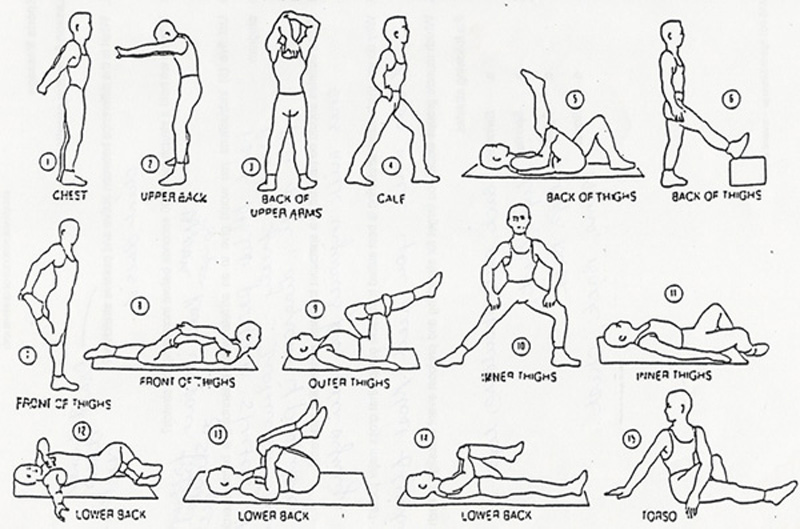Blitz News Digest
Stay updated with the latest trends and insights.
Flexibility Fables: Stretching Myths Busted
Uncover the truth behind stretching myths! Discover surprising facts in Flexibility Fables and boost your fitness game today!
The Truth About Stretching: Debunking Common Flexibility Myths
Stretching has long been a staple in fitness routines, but not all the common beliefs about it hold true. One prevalent myth is that stretching before exercise significantly reduces the risk of injury. In reality, recent studies suggest that static stretching can temporarily weaken muscle strength and performance, potentially increasing the risk of injury instead of preventing it. It's more beneficial to incorporate dynamic stretching into your warm-up routine. Dynamic stretching prepares the muscles by mimicking the motions of the upcoming activity, enhancing both flexibility and performance.
Another common misconception is that you must stretch daily to improve your flexibility. While consistency is important, flexibility gains can actually be achieved with just two to three sessions per week. Quality often trumps quantity when it comes to stretching. It's crucial to focus on proper technique and breathing to maximize the effectiveness of your stretches. Remember, overstretching can lead to injuries, so always listen to your body and give yourself adequate rest between stretching sessions.

Static vs. Dynamic Stretching: What You Need to Know
Static stretching and dynamic stretching are two essential components of any fitness routine, each serving distinct purposes. Static stretching involves holding a stretch for an extended period, usually between 15 to 60 seconds. This type of stretching is beneficial for increasing flexibility and promoting muscle relaxation. It's commonly performed after exercise to help cool down the body and prevent tightness in the muscles. On the other hand, dynamic stretching incorporates movement and is often used as part of a warm-up. This technique involves controlled leg and arm swings that prepare the muscles for more intense physical activity by increasing blood flow and activating the nervous system.
When deciding between these two forms of stretching, consider your fitness goals and the timing of your routine. For athletes or individuals engaging in high-intensity workouts, incorporating dynamic stretching before activity can enhance performance by improving range of motion and reducing the risk of injury. Conversely, if your aim is to improve flexibility and promote recovery, static stretching after workouts is the most effective choice. Ultimately, a combination of both techniques will provide the best results, ensuring that your body is adequately prepared for the demands of your fitness regime.
Can You Really Stretch Your Way to Better Flexibility?
When it comes to improving flexibility, many people wonder, can you really stretch your way to better flexibility? The answer is a resounding yes! Stretching is an essential component of any fitness routine, and it helps to lengthen muscles, increase blood flow, and improve range of motion. Regular stretching can enhance athletic performance, reduce the risk of injury, and alleviate muscle soreness. Incorporating both static and dynamic stretching techniques into your warm-up and cool-down routines can facilitate gradual improvements in flexibility over time.
It is important to remember that achieving better flexibility takes commitment and patience. To effectively stretch your way to better flexibility, consider following these tips:
- Consistency is key: Aim to stretch at least three to four times a week.
- Warm-up before stretching: Engaging in light aerobic activity can prepare your muscles for a deeper stretch.
- Listen to your body: Stretching should not be painful, and holding each stretch for 15 to 30 seconds is often ideal.